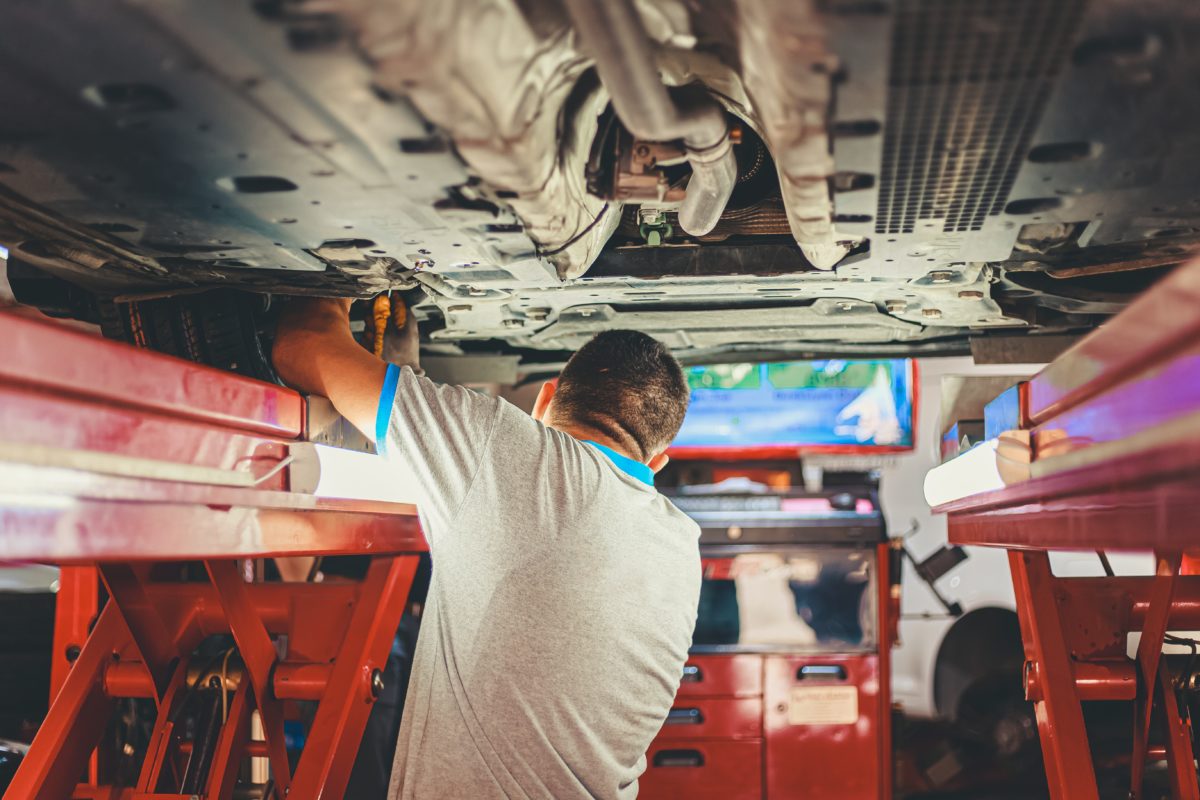In the automotive world, the choice between polyurethane (poly) and rubber bushings has become a critical consideration for enthusiasts and professionals alike. Understanding the benefits of polyurethane and its cost-effectiveness over traditional rubber bushings is essential for those seeking improved performance and extended lifespan.
Polyurethane Bushings: A Durable Alternative
Polyurethane bushings have gained popularity due to their exceptional durability and resistance to wear and tear. Unlike rubber, polyurethane is a synthetic material that offers superior strength and resilience, making it ideal for demanding applications in the automotive suspension system.
Increased Lifespan: The Poly Advantage
- Resilience to Wear: Polyurethane bushings are engineered to withstand harsh conditions and resist common issues such as cracking, sagging, and deterioration. This resilience translates to a significantly longer lifespan compared to traditional rubber counterparts.
- Enhanced Performance: The firmness of polyurethane provides improved stability and responsiveness, offering better control over the vehicle. This enhanced performance is particularly noticeable during aggressive driving, ensuring a more enjoyable and safer ride.
- Resistance to Chemicals and Oils: Polyurethane is resistant to a variety of chemicals and oils, protecting it from damage caused by exposure to road salts, oils, and other environmental elements. This resistance contributes to a prolonged lifespan in diverse driving conditions.
Cost-Effectiveness of Polyurethane Bushings
While the upfront cost of polyurethane bushings may be slightly higher than rubber, the long-term cost-effectiveness becomes evident when considering:
- Extended Replacement Intervals: The durability of polyurethane translates to less frequent replacements compared to rubber. This results in long-term savings on both parts and labor costs associated with bushing replacements.
- Improved Fuel Efficiency: The enhanced performance and stability provided by polyurethane can contribute to better fuel efficiency. Over time, reduced fuel consumption adds to the overall cost savings associated with using polyurethane bushings.
- Reduced Maintenance Costs: Polyurethane’s resistance to common automotive contaminants and its ability to maintain structural integrity over time reduce the need for frequent inspections and replacements. This leads to decreased maintenance costs in the long run.
Conclusion
Polyurethane bushings have become a preferred choice for those seeking longevity, performance, and cost-effectiveness in their vehicle’s suspension system. The initial investment in polyurethane pays off with extended service life, improved handling, and reduced long-term maintenance expenses, making it a smart choice for automotive enthusiasts and professionals alike.

